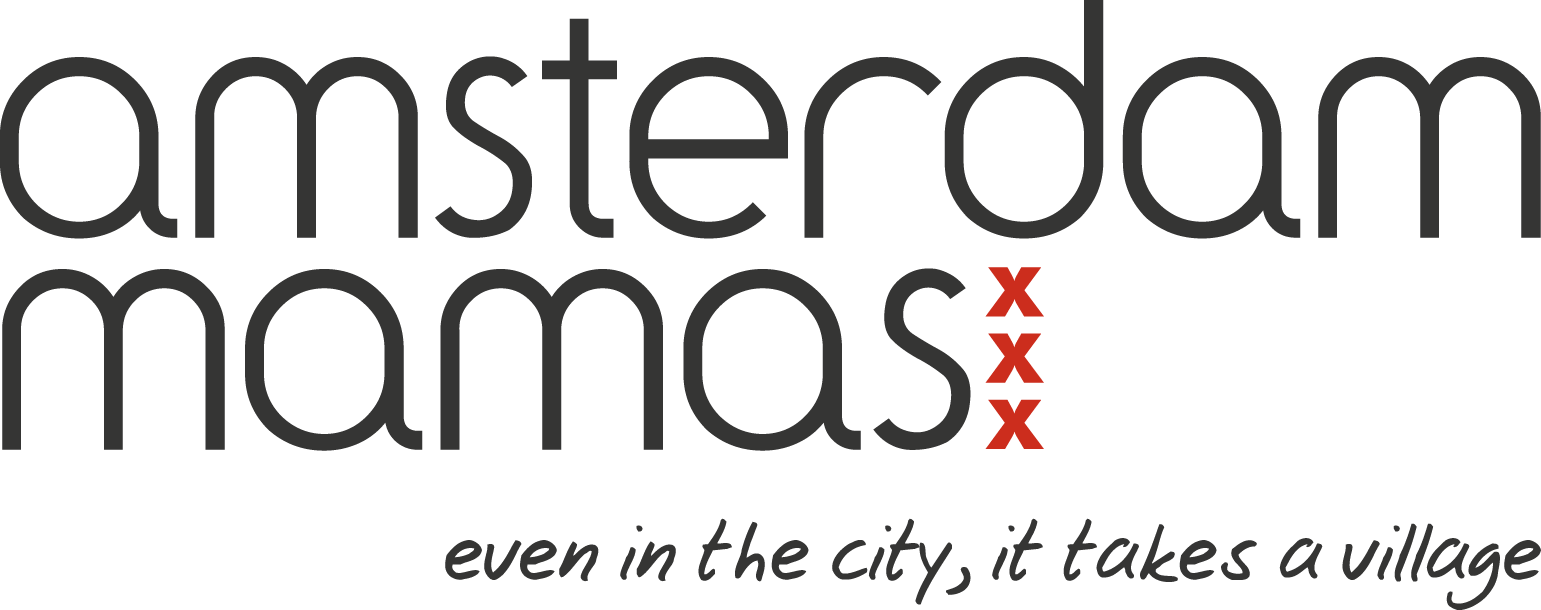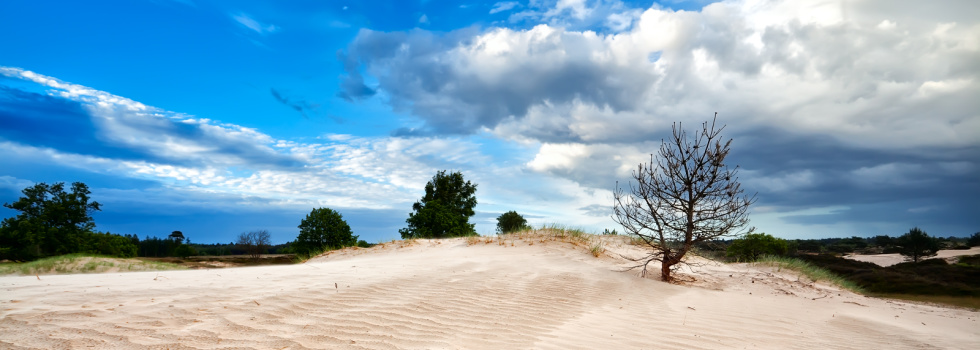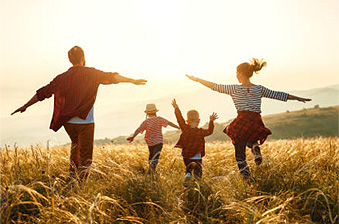If you’re planning to stay in the Netherlands for the autumn holidays (a good idea for 2020) but you still want to feel like you’ve left the country, check out Friesland. This beautiful province located to the east and north of Noord Holland is close enough to be easy but different enough to be a welcome change. Annick Noirfalisse recently went to discover the place:
This summer and due to a certain virus still floating around, we did not feel like taking any risks by going abroad for our 6-day family holiday. So we looked for a number of options within the Netherlands, and our decision was quickly made: Friesland it was going to be!
Getting There Is Half the Fun
If you go by car, a stopover in beautiful Giethoorn is a must. But even before hitting that gorgeous and world famous village in Overijssel, you will pass by Muiderslot (a medieval castle great for kids and with a poignant history explored by Stephanie Ernst Miller) and get a glance from the highway at Oostvaardersplassen close to Almere, a huge nature reserve where the documentary “The New Wilderness” was made.
You may giggle at the highway sign of a village called “Urk” in Flevoland. Or not. The majority of the inhabitants of this fishing village belong to the Dutch Reformed Church, a branch of Protestantism founded in 1571 with roots in Calvinism. It is a distinctive and charming place, so don’t let its short name make you think it is short on things to do.
Back to Giethoorn (also called the Venice of the North). Its center is only accessible by boat or by foot. Renting a boat is therefore a good idea, as it can get swamped with tourists. It was quite a revelation to see how world-renown Giethoorn was!
Characterised by charming thatched roofs and wooden bridges arching over the canals, Giethoorn was established as a settlement of peat harvesters. As all the canals were dug by man, the water depth of the canals is so low that one can always touch the bottom – even in the middle of the lake in front of the Smits Pavilioen, where one can enjoy lunch on the terrace overlooking the water and watch the canoes and pedal boats go by.
Giethoorn is also famous for a number of very good restaurants, including the two Michelin stars De Lindenhof. However, if fine dining does not tempt you, sandwiches for lunch on a boat are also a great children-friendly option!
Arrival
From Giethoorn to Friesland is less than an hour, and we quickly arrived through a beautiful tree-lined road to the small village of Beetsterzwaag (I highly recommended practising its pronunciation a few times in front of the mirror, to make sure you get it right).
One of the first things that we immediately loved in Friesland was the famous Frisian sugarbread. I don’t have a particularly strong sweet-tooth, but that bread with a bit of butter was divine! And for history lovers, the University of Groningen’s discovery three years ago that medieval Frisia was more Viking than previously supposed is very exciting; a real Viking hotspot right here in the Netherlands!
The friendliness and laid-back attitude of the people were really touching. I was expecting to have a hard time communicating with them as the Frisian language is very different from Dutch, although it is the second official language of the Netherlands – (N.B. People with Frisian origins often have surnames ending in – stra or –ma, which makes it probable our Amsterdam mayor Femke Halsema has roots in Friesland.)
Like in the saying “All roads lead to Rome”, it is impossible to go to Friesland without paying a visit to its capital city, Leeuwarden. For people traveling by train, a trip up there is well worth it.
A visit to the small, eclectic Het Andere Museum is a plunge into years gone by – old cars, miniature trains, a still functioning jukebox from the 60’s, lace, etc. The owner will welcome you personally and is very passionate about the collection started by his parents.
Lunch at Toko Saigon, two minutes away from the museum on the other side of the canal for delicious gyoza (dumplings) and pho (Vietnamese soup) provides a welcome break. Follow it up with a walk around town along the canals of Waagplein, all the way to Wester and Norderplantage, where charming houses with manicured gardens can be found, and you will be in love with this lovely city.
The walk back takes you through the Frisian Museum (which we unfortunately did not have time to see) to Blokhuispoort, a 19th century prison creatively converted into a beautiful waterfront restaurant/budget hotel with rooms made from old cells/beach-café and artists’ ateliers. The famous lion of Leeuwarden itself can be found in the courtyard of the prison, completely built out of recycled bike parts. A rare sight!
Ending the day on the terrace of the restaurant Proefverlof (which also features an old reconverted cell into a small private dining room), with the sun setting down and small boats passing by, was a magical way to end our experience of the Frisian capital city.
For the Nature Lover
You can park your car at the visitors’ centre of the National Park De Alde Feanen, a Natura 2000 area of 25 km² containing morasses, lakes, forests, peat and meadows, as well as at least 450 plant species and 100 bird species. Different walking routes can be found on the board at the entrance of the Park (do make sure to take a picture of it so you can follow the different “knooppunten” or junctions on your route).
Another great family walk is from Beesterzwaag village to the Witte Huis hotel and restaurant (about 7km back and forth, with a stop for ice-cream on the terrace of the Witte Huis).
Finally for a longer one (12km), head off to the beautiful Bakkeveen duinen (car park at recreatiecentrum Dundelle). At exactly halfway through the loop you will find a great café, De Drie Provinciën, for a pit stop.
Recommended Accomodation
Hotel restaurant Het Witte Huis
Looking for family-friendly accommodations? Consider booking your stay via booking.com/amsterdammamas. Find the perfect accommodation for your family while supporting Amsterdam Mamas at the same time.
Annick Noirfalisse
Annick Noirfalisse is a Belgian mum of three, who has worked for more than ten years as a journalist in Switzerland, London, and Amsterdam, covering economics, finance, societal, environmental, and health issues. She's also a French language teacher and translator, who loves Japanese food, doing sports, and nature walks in her spare time.






